 |
 |
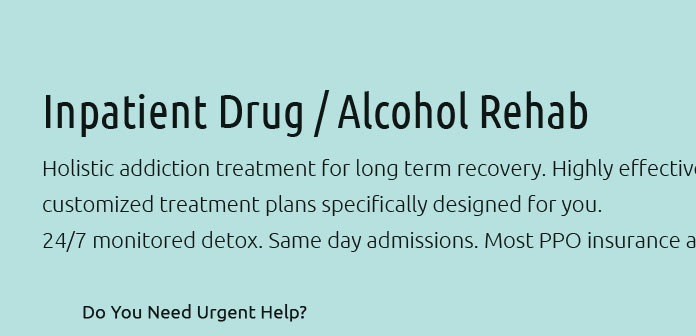 |
 |
 |
 |
||
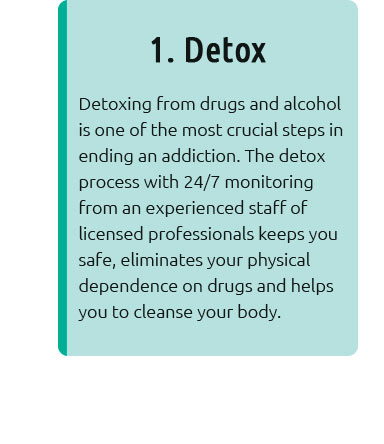 |
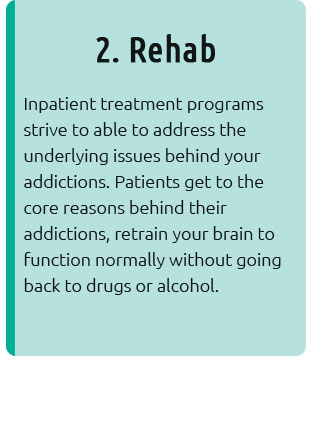 |
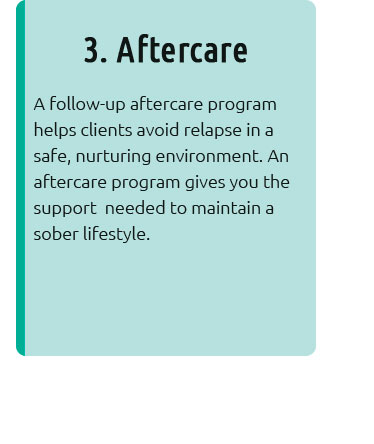 |
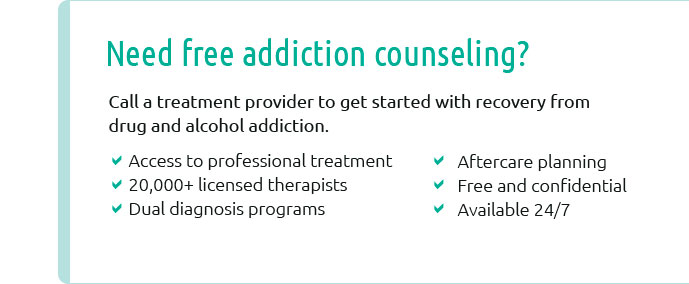 |
 |
 |
 |
||
 |
||
 |
||
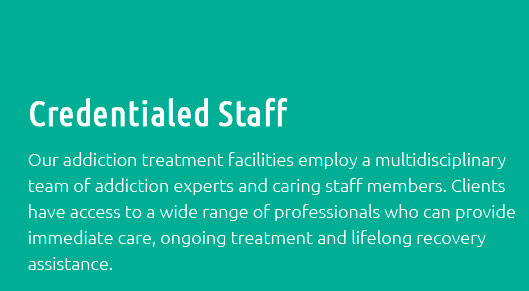 |
 |
 |
|
 |
|
|
Welcome to a new beginning at our inpatient drug and alcohol rehab, where transformation is not just a promise, but a reality; at our cutting-edge opioid treatment center, we blend science, compassion, and expertise to empower you to reclaim your life from addiction's grip, offering a sanctuary where every step towards recovery is met with unwavering support and innovative therapies tailored just for you-because you deserve a future unshackled by the past.
https://medmark.com/locations/california/los-angeles
Are you looking for an opioid addiction treatment center or program in Los Angeles, California? MedMark Treatment Centers is here to help. Contact us now! https://baartprograms.com/locations/california/southeast
Are you looking for an opioid addiction treatment center or program near Southeast, Los Angeles, California? BAART Programs is here to help. Contact us now! https://baartprograms.com/resources/blog
For the latest news and helpful information involving medication-assisted drug addiction treatment and substance abuse counseling, and more, check out our ...
|